In Display Fingerprint Scanners For LCD Displays Are Now A Reality
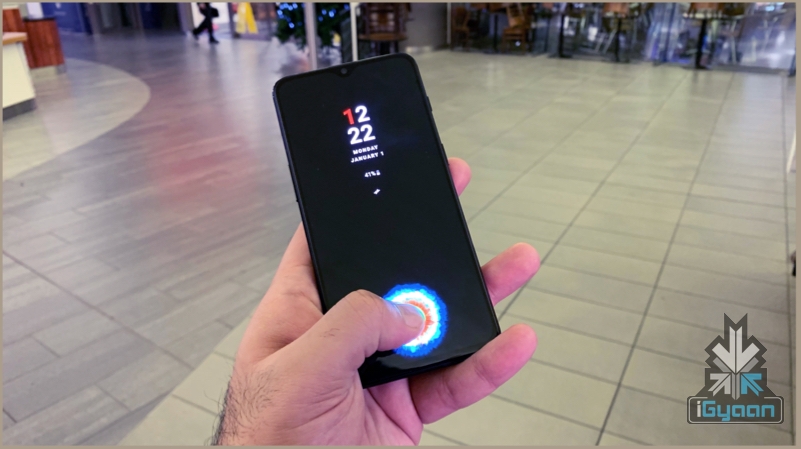
The in display fingerprint scanners for smartphones was first shown off at the Consumer Electronics Show (CES) last year by Vivo. Few months after, the technology was made commercially available in the form of the Vivo X21 UD. Since then, many other major OEMs have started providing an in display fingerprint sensor in their devices. Notably, the feature is only limited to smartphones that feature an OLED display. Mainly due to the reason, only OLED display allowed light to pass through to authenticate a fingerprint via the underneath mounted sensor. That all changes now, as a Chinese company Fortsense has announced it has successfully developed in display fingerprint scanners for handsets with an LCD display.
Why Is It Big News?
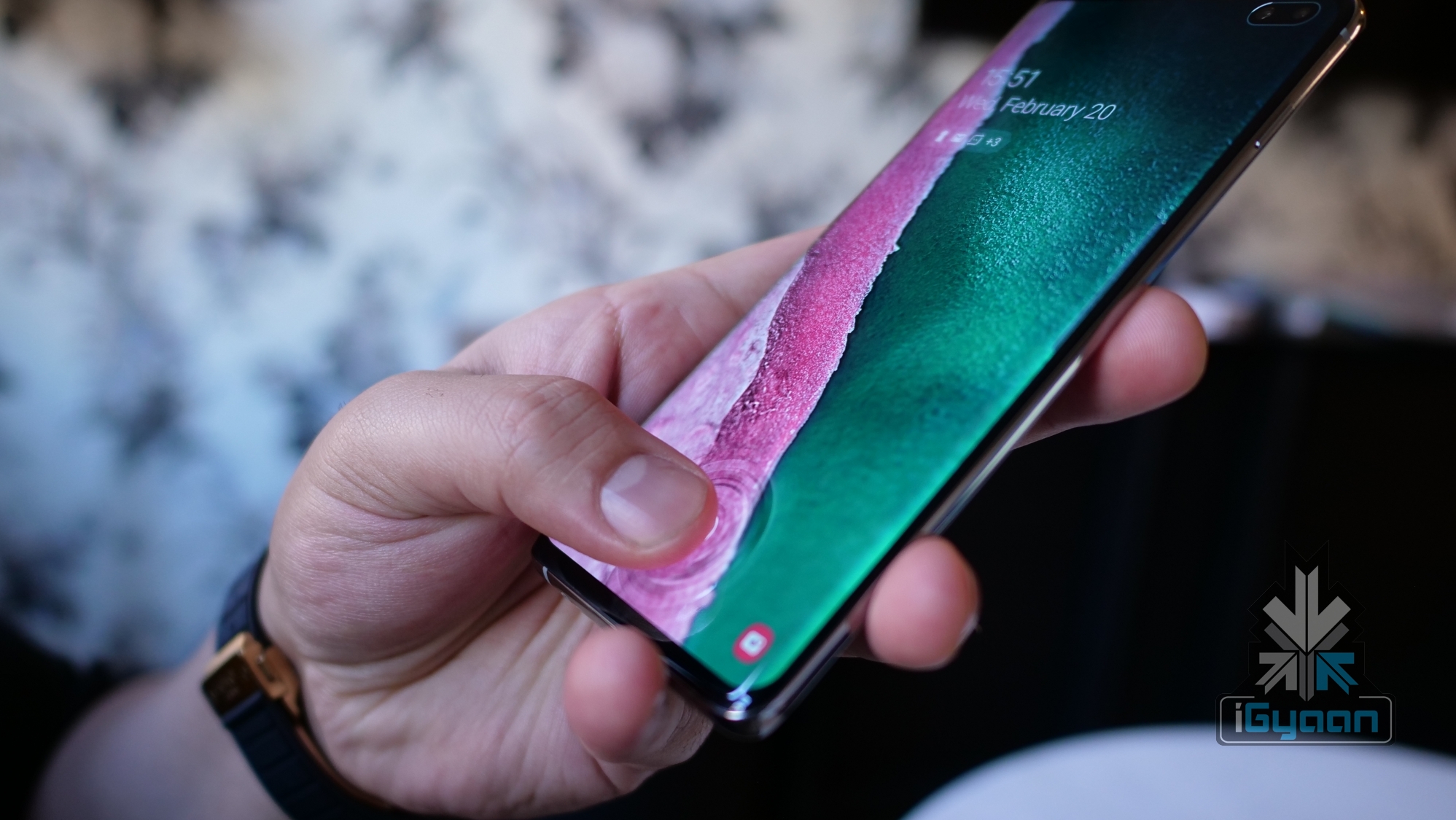
Galaxy S10+
As mentioned above, traditional in display fingerprint scanners use light to authenticate and unlock the smartphone, like in the OnePlus 6T. These are called Optical fingerprint scanners. Samsung in its Galaxy S10, Galaxy S10+ and Galaxy S10 5G uses an ultrasonic in display fingerprint sensor. As opposed to optical ones, these use a sonic pulse wave to authenticate the user’s fingerprint and is claimed to be more secure than the former. In the past, both instances have used an OLED display to work because neither light or a sonic pulse wave can pass through conventional LCD displays.
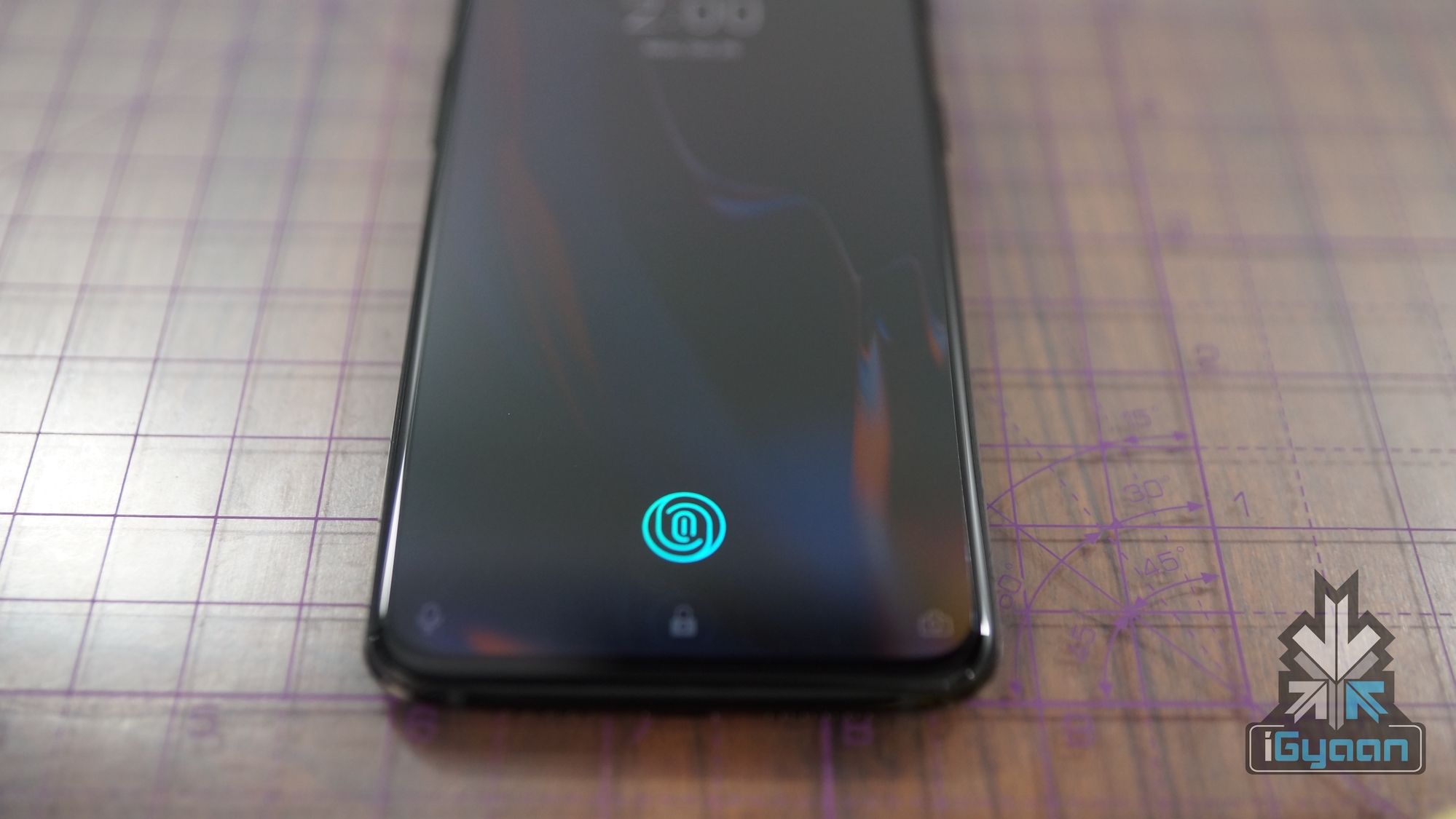
As LCD displays are more affordable to manufacture and are found in abundance in budget and mid-range smartphones; an LCD in display fingerprint scanner is big news. This insinuates future budget devices may be featuring a fingerprint sensor inside the handset’s screen. Surprisingly, a senior executive at Xiaomi has already confirmed that smartphones with this feature will be released as early as the next year.
How Does It Work?
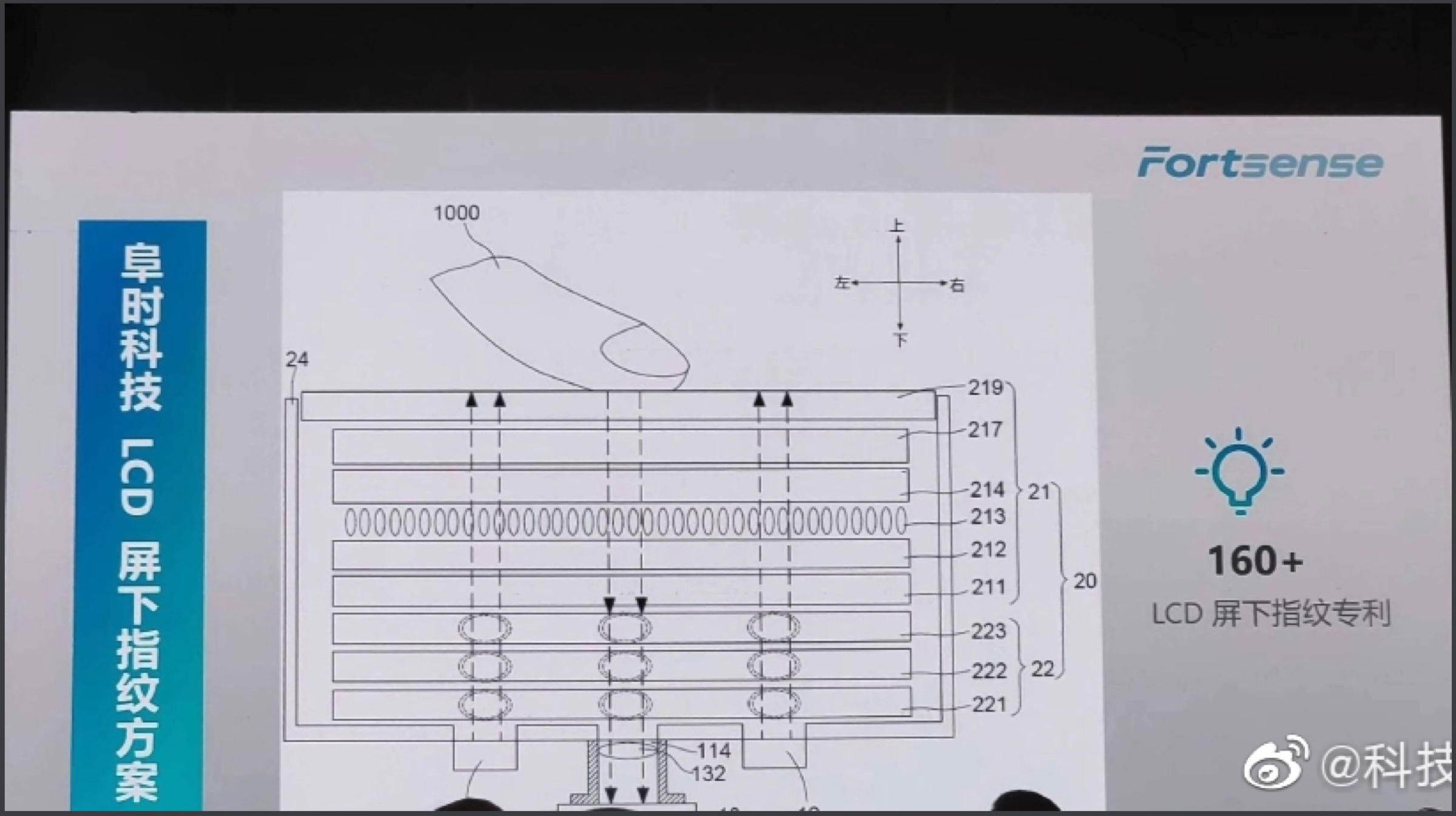
The R&D team of the Fortsense company claims to make the LCD in display fingerprint scanners work, it had to revise and improve the quality of the LCD backlight panel. It was achieved by enhancing the fingerprint optical path scheme of the display panel. The images from the announcement suggest the fingerprint sensor is an optical kind, but like them, a camera inside the screen is not visible. This might mean it is a completely different kind of technology.
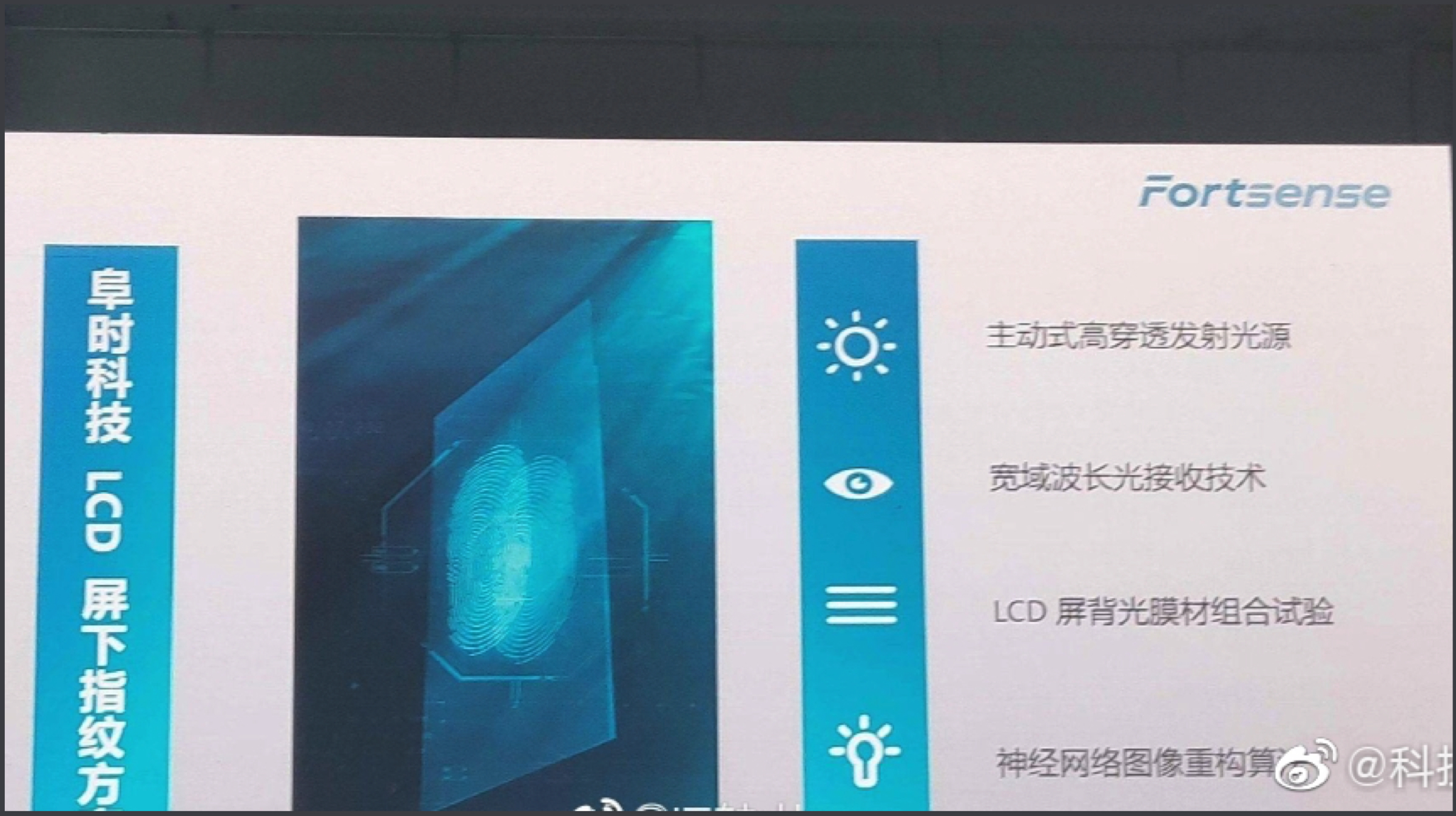
Also read: Top Android And iOS Competitors That Got Lost In The Wheel Of Time
Fortsense also claims to have adopted an algorithm based approach for its LCD in display fingerprint scanners. A combination of deep learning neural network algorithm for optimization and recognition of fingerprints quickly is used in the process. According to the company, the recognition speed is comparable to traditional fingerprint sensors.
















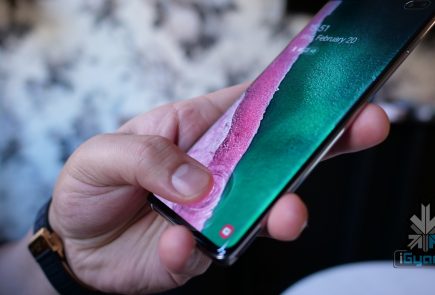
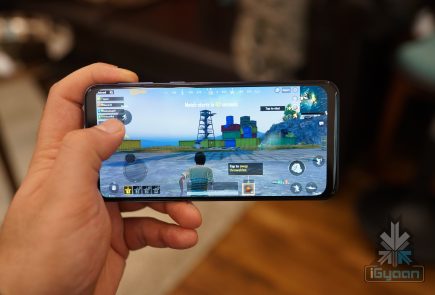
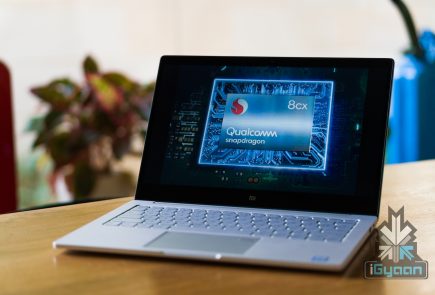
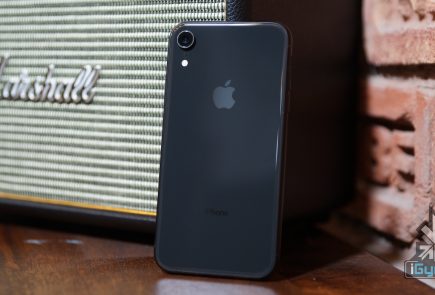
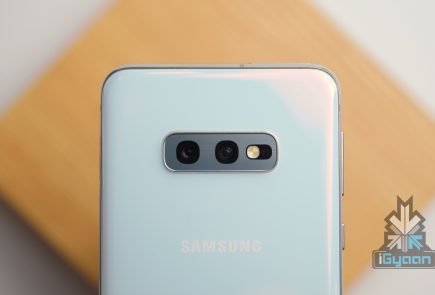



 ! For i
! For i

